- Home
-
Shop
-
Events
-
Service
-
Rentals
-
Onion Community
-
About Us
$249.95
| /
The Hok is designed as an easy to use ski for the backcountry. Its short wide dimensions makes the ski incredibly maneuverable, and the integrated climbing skin gives the Hok great traction for climbing.The right balance of running base and skin material makes the ski’s downhill speed manageable and easy to control. Bridging cross-country skis and snowshoes, the Hok combines the maneuverability and ease of use found in snowshoes with the ski’s efficiency of sliding forward rather then lifting and stepping with each stride.
THE FEATURES
The Hok features a synthetic climbing skin integrated into the base of the ski, steel edges for durability, and a light weight cap construction. In an effort to minimize our carbon footprint, we use, a sustainable paulownia wood corereinforced with a combination of organicnatural fibers and fiberglass. Simple graphics and natural fibers combine with design themes from the the Altai Mountains for a unique look.
THE NAME
The name, ‘Hok’ {hawk}, is the Tuwa word for ski in the Altai Mountains. The Tuwas are the smallest ethnic group in the area and the most dedicated skiers.
BINDINGS
The skis comes with inserts matching the extended 75mm norm hole pattern. This is compatible with current 75mm 3pin bindings as well as the universal binding we are offering with the ski. We also have an adapter plate that is compatible with Rottefella NNN BC and Solomon BC bindings.
SIZING
The Hok will be available in three sizes, the 125 cm., the 145 cm. and the kids version, Balla Hok, 99cm. While user size can influence your choice of which length to get, intended use is equally important.
Here is a brief description of the differences between the two lengths.
The 145 has a little more “ski” DNA in it and works better for those looking to use the Hoks in a more downhill fashion. The 145 has a bit more glide as well, but is less maneuverable in tight spaces. The 145 has a bit more floatation for deep snow and BIG skiers.
The 125 is better as a snowshoe substitute, more maneuverable, better in thick woods and brush, lighter, and a little better grip. The 125 is also easier to control and use for those unfamiliar with skis.
Both sizes turn well with the 125 being a bit easier due to the length, but also a bit less stable at speed.
For general use and as a snowshoe substitute the 125 works best. The length affects the boot/binding you use as well, with the 125 being easier to ski with a light boot or the universal binding.
Collections: Best selling products , Gifts for Outdoor Enthusiasts! , New products , Shop , Skis
Category: Backcountry Skis , Skis , Touring Skis
Sign up to get the latest on sales, new releases and more…
Find us at
89 Main Street, Montpelier, VT
802-225-6736 | outdoors@onionriver.com

